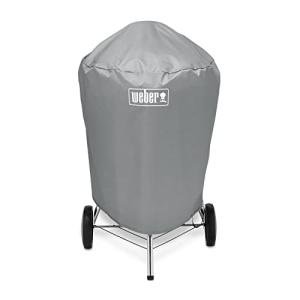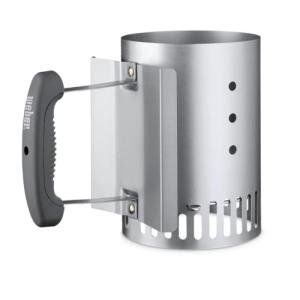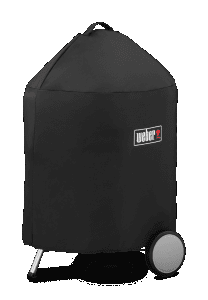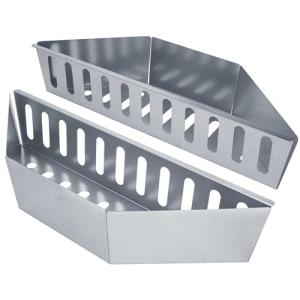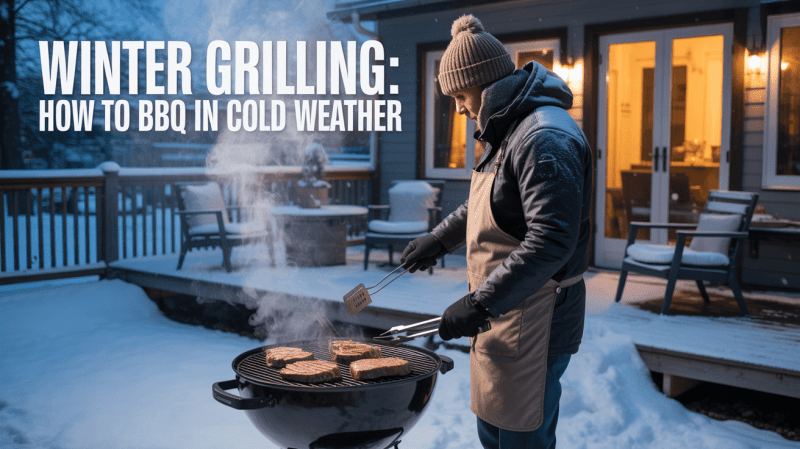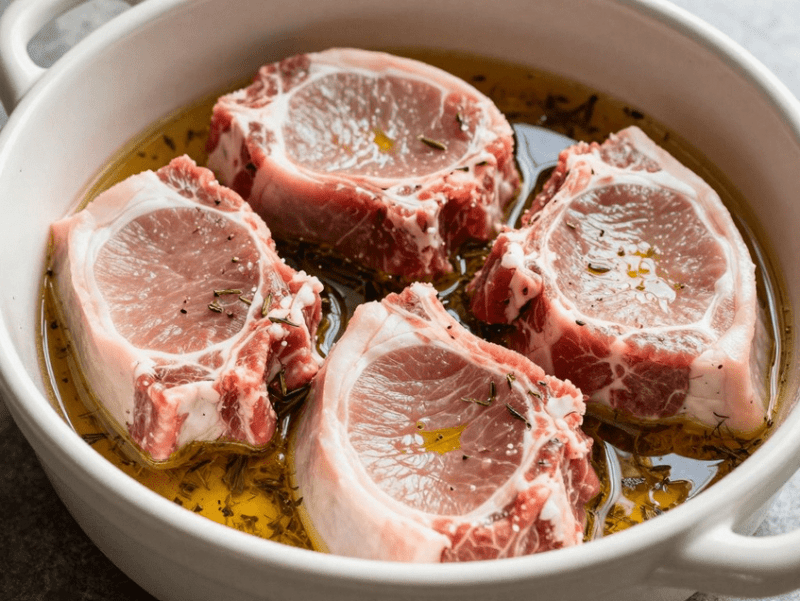Summer grilling is an art that many struggle to master. With 60-70% of grill masters making critical errors, it's key to know the top mistakes. These mistakes can ruin your outdoor meals. Learning the right techniques can make all the difference.
Barbecue season is exciting, but without the right skills, it can go wrong fast. About 40% of grill issues come from bad preparation and cooking errors. This can turn your outdoor cooking into a disaster.
This guide will show you the most common grilling mistakes and how to fix them. Whether you're new or experienced, these tips will help you make delicious dishes every time.
Key Takeaways
- Understand the importance of proper grill preparation
- Learn critical temperature control techniques
- Avoid common mistakes that compromise food quality
- Improve your overall grilling performance
- Enhance flavor and food safety
Essential Grilling Safety and Preparation Tips
Grilling is more than cooking; it's an art that needs careful prep and safety focus. With 56% of grill owners using theirs all year, knowing how to maintain and keep food safe is key.
https://youtube.com/watch?v=6fFKHC4aqec
Great grilling starts with the right equipment and technique. Here are the essential tips to improve your grilling and keep safety first.
Proper Grill Cleaning and Maintenance
Keeping your grill in good shape is the base of great outdoor cooking. Cleaning your grates can cut flare-ups by 50% and make food taste better. Here are some maintenance steps:
- Clean grates while they're warm for easier debris removal
- Use a wire brush or specialized grill cleaning tools
- Check for gas leaks twice a year if using a propane grill
- Inspect burners and replace if showing signs of wear
Temperature Control Basics
Mastering temperature is key for grilling. Gas grills heat up fast in about 10 minutes, while charcoal grills take up to 30 minutes. Here are some temperature tips:
| Meat Type | Optimal Temperature | Cooking Time |
|---|---|---|
| Chicken | 165°F (74°C) | 15-20 minutes |
| Steak (Medium-Rare) | 130-135°F (54-57°C) | 5-7 minutes per side |
Required Grilling Accessories
Get the right grilling accessories for safe and perfect cooking:
- Meat thermometer (used by only 30% of grillers)
- Long-handled tongs
- Grill brush
- Heat-resistant gloves
- Marinade injector
"Preparation is the key to great grilling – know your equipment, understand your heat, and always prioritize safety." - Grilling Expert
By following these tips, you'll improve your grilling and make outdoor cooking safer and more enjoyable. Remember, proper prep reduces accident risks and boosts your cooking skills.
Common Fire Management Errors in Grilling
Mastering fire management is key for great charcoal and gas grilling. Whether you love backyard BBQ or are a pro pitmaster, knowing how to control heat can change your cooking game.
Understanding Charcoal vs Gas Heat Control
Charcoal and gas grills need different heat handling. Charcoal grills give deeper flavor, while gas grills keep the temperature steady.
- Charcoal grills need more hands-on heat control
- Gas grills have precise heat adjustment with controls
- Best grilling temperature: 225-250°F
Preventing and Managing Flare-ups
Flare-ups can mess up your BBQ. Experts suggest smart ways to avoid sudden flames.
"Control your fire, and you control your flavor" - BBQ Expert
| Grill Type | Flare-up Prevention Technique |
|---|---|
| Charcoal Grill | Create two-zone fire setup |
| Gas Grill | Clean grease traps regularly |
Proper Ventilation Techniques
Good ventilation is vital for gas grill upkeep and BBQ success. It keeps cooking temperatures steady and stops smoke buildup.
- Check grill vents before starting
- Adjust vents to control oxygen flow
- Monitor temperature throughout cooking
Follow these tips to improve your grilling and make unforgettable outdoor meals.
Top 10 Grilling Mistakes and How to Avoid Them
Mastering outdoor cooking means knowing common mistakes that can ruin your summer cookouts. It's not just about how you grill—it's about avoiding big errors that stop you from getting that smoky flavor.
Here are the most common mistakes that can turn your barbecue from tasty to terrible:
- Skipping Grill Preheating
Gas and pellet grills need 10-15 minutes to get hot. Charcoal grills take 20-30 minutes. Preheating is key for even cooking and those great grill marks.
- Cooking Cold Meat
Meat that's too cold cooks unevenly. Let thin cuts sit at room temperature for 15-30 minutes. This stops burnt outsides and raw insides.
- Incorrect Salt Usage
Not enough salt means less flavor. Use kosher salt before cooking and sea salt to finish. It boosts the meat's natural taste.
"Grilling is an art, and every mistake is a chance to learn and improve." - Barbecue Expert
| Mistake | Consequence | Solution |
|---|---|---|
| Not Brining | Dry Meat | Brine lean cuts 1-2 hours before grilling |
| Overcrowding Grill | Uneven Cooking | Leave space between food items |
| Frequent Lid Opening | Heat Loss | Minimize lid openings |
Avoiding these common mistakes will make you a better griller. You'll make meals that wow your family and friends every time.
Mastering Temperature and Timing for Perfect Results
To become a backyard grill pro, you need to master temperature control and timing. Charcoal grilling secrets and gas grill techniques both stress the importance of precision. The key to a great grilled meal is in how well you manage temperature and timing.
Meat Temperature Guidelines
Getting the perfect doneness starts with knowing meat temperatures. Using an instant-read thermometer helps avoid mistakes. Here are the key temperature targets:
- Rare Beef: 125°F
- Medium Rare: 130-135°F
- Medium: 140-145°F
- Medium Well: 150-155°F
- Well Done: 160°F and above
Resting Time Importance
One often overlooked tip for charcoal grilling is the resting period. After grilling, let meats rest for 5-10 minutes. This allows juices to spread evenly, making each bite tender and flavorful.
"Patience transforms a good grilled meal into an extraordinary culinary experience." - Grill Masters Handbook
Two-Zone Fire Setup Benefits
Professional grillers love the two-zone fire setup. It offers high-heat and indirect-heat areas for flexible cooking. This method lets you sear and cook foods gently at the same time.
| Cooking Zone | Temperature Range | Ideal Foods |
|---|---|---|
| Direct Heat Zone | 450-500°F | Steaks, Burgers |
| Indirect Heat Zone | 250-350°F | Chicken, Thick Cuts |
Grilling success comes from knowing about heat, timing, and technique. By practicing these, you'll improve your backyard barbecue skills from amateur to pro.
Food Handling and Cross-Contamination Prevention
Grilling safety is all about stopping cross-contamination. Raw meats can carry harmful bacteria. The USDA says it's key to handle food carefully to keep your family safe.
"Safety first, flavor second - but with proper techniques, you can have both!" - Professional Grill Master
Good barbecue techniques mean paying close attention to how you handle food. Here are some tips for safe grilling:
- Use separate cutting boards for raw and cooked foods
- Clean utensils between handling raw and cooked meats
- Wash hands thoroughly before and after food preparation
- Store raw meats on lower refrigerator shelves to prevent dripping
Marinating secrets are important for flavor and safety. Always marinate foods in the refrigerator, not at room temperature. Throw away marinades that touched raw meats to stop bacteria from growing.
| Food Type | Safe Internal Temperature | Recommended Handling |
|---|---|---|
| Chicken | 165°F (74°C) | Use separate utensils, clean immediately |
| Beef | 145°F (63°C) | Rest 3-5 minutes after cooking |
| Grilled Vegetables | N/A | Clean grill grates between uses |
Digital thermometers are key for grilling recipes. They help you know when food is cooked right. This keeps your food tasty and safe.
Pro tip: Keep kids away from the grill and keep your cooking area clean. This helps keep everyone safe while you're grilling outdoors.
Conclusion
Grilling food well is more than just throwing meat on a hot grill. It's about mastering the art of grilling. This can turn your summer BBQ into something amazing. By avoiding common mistakes, you can greatly improve your grilling skills.
Attention to detail is key for great grilling. This includes managing grill temperatures and avoiding mistakes like overcrowding. Techniques like preheating, using a two-zone fire, and letting meat rest are essential.
Outdoor cooking problems often come from being impatient and not knowing the right techniques. Whether you use a gas or charcoal grill, knowing how to manage heat and clean the grill is important. Also, placing food strategically can make a big difference.
Starting your grilling journey with knowledge and ending with confidence is the goal. Every chef was once a beginner. So, enjoy learning, savor the flavors, and make meals that bring people together.
FAQ
Q: How long should I preheat my grill?
A: For gas grills, preheat for 10-15 minutes on high heat. This ensures even cooking and grates are clean. For charcoal grills, wait until coals are covered in gray ash, about 15-20 minutes. This helps prevent food from sticking and creates perfect sear marks.
Q: What's the best way to clean my grill grates?
A: Clean warm grates with a sturdy brush. For deep cleaning, mix warm water and dish soap or baking soda paste. Scrub well, rinse, and dry to prevent rust. Cast iron grates should have a light oil coat after cleaning.
Q: How can I prevent flare-ups when grilling?
A: Trim excess fat from meats and use a two-zone fire setup. Keep water nearby to control flames. Move food to the cooler side if flare-ups happen. Avoid too much marinade to prevent drips on hot coals.
Q: What's the most important tool for grilling meat?
A: A reliable meat thermometer is essential. It ensures food safety by reaching the correct internal temperature. This is key for preventing illnesses and cooking meats perfectly.
Q: How do I know when meat is properly rested?
A: Most meats should rest for 5-10 minutes after grilling. This redistributes juices for juicier results. Larger cuts may need up to 15 minutes. Cover loosely with foil to keep warm.
Q: What's the safest way to marinate meats?
A: Marinate in the refrigerator, not at room temperature. Use a covered container or sealed bag to prevent contamination. Marinate for 30 minutes to 2 hours, depending on the meat. Discard used marinade or boil it first if reusing.
Q: How do I create a two-zone fire on my grill?
A: Arrange coals or burners for one high-heat and one lower-heat area. On charcoal grills, pile coals on one side. On gas grills, set one side to high and the other to low. This allows for different cooking temperatures.
Q: What are the basic food safety rules for grilling?
A: Use separate cutting boards and utensils for raw and cooked foods. Wash hands before and after handling raw meats. Keep cold foods cold and hot foods hot. Cook meats to recommended temperatures: 145°F for whole cuts, 160°F for ground meats, and 165°F for poultry. Never reuse plates or utensils that touched raw meats.
Q: How do I get perfect grill marks?
A: Ensure your grill is clean and preheated to high heat. Pat meats dry before grilling. Place food at a 45-degree angle to the grates and cook undisturbed for a few minutes. Rotate 90 degrees halfway through cooking to create classic grill marks.
Q: What's the biggest mistake most grillers make?
A: Opening the grill too frequently. This loses heat and extends cooking time. Trust the process and use a meat thermometer instead of constantly checking. Learn to manage your grill's temperature and resist the urge to flip foods too often.
